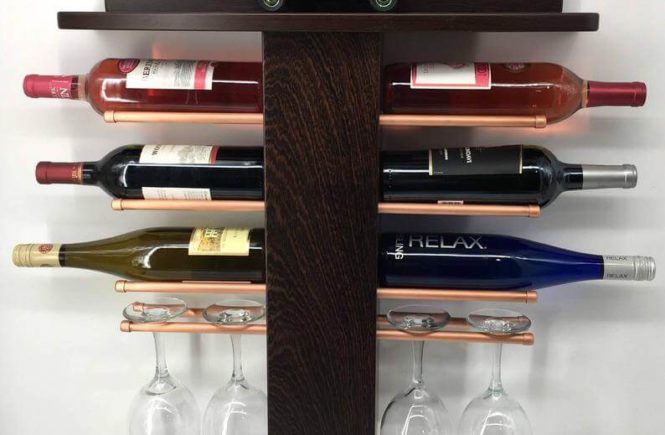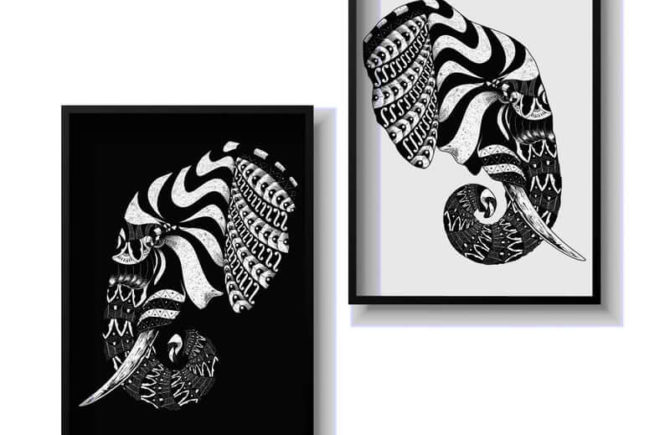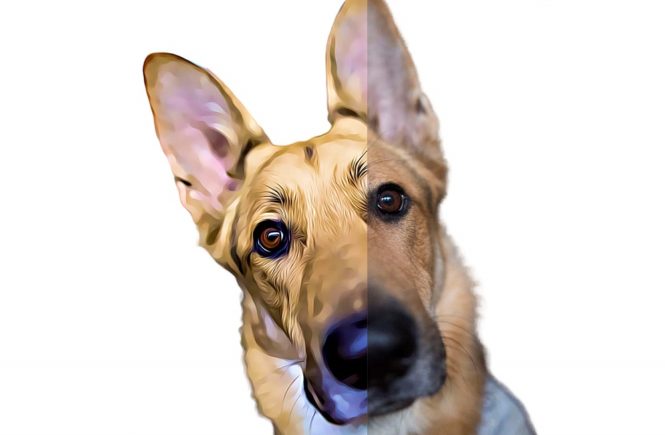What are Perm Rods?
Perm rods are cylindrical tools used to create curls by winding the hair around them and applying a chemical solution.
How do perm rods differ in size and shape?
Perm rods vary in length and diameter, affecting the tightness and size of the curl they produce.
What types of curls can you achieve with different perm rods?
From tight ringlets with small rods to loose waves with larger ones, the size of the rod determines the curl type.
Can perm rods be used on all hair types?
Yes, they can be used on various hair types, but the hair’s condition and texture may affect the outcome.
How do you prepare hair for using perm rods?
Hair should be clean and possibly treated with a conditioner or a protein filler to protect it during the perming process.
How to roll a perm
What is the process for applying perm rods?
Hair is sectioned, wrapped around the rods, and then a chemical solution is applied to set the curls.
How long should perm rods stay in the hair?
The duration depends on the hair’s texture and the chemical solution, usually between 20 minutes to an hour.
Are there any hair treatments recommended before using perm rods?
A protein treatment or deep conditioner is recommended to strengthen the hair before perming.
Can perm rods damage hair?
If used improperly with harsh chemicals, they can damage hair, emphasizing the need for proper aftercare.
How do you care for hair after removing perm rods?
Use sulfate-free shampoos and deep conditioners to maintain moisture and reduce frizz.
What are the best practices for storing and maintaining perm rods?
Clean and dry them after each use and store them in a cool, dry place to prevent damage.
Can you reuse perm rods for multiple applications?
Yes, they are reusable as long as they are properly cleaned and maintained.
How do perm rods compare to other curling methods?
Perm rods offer more permanent curls compared to temporary styling tools like curling irons.
Are there any eco-friendly or biodegradable perm rods available?
Yes, some brands offer eco-friendly options made from biodegradable materials.
How do professional stylists use perm rods differently than at-home users?
Professionals might use more precise sectioning and wrapping techniques and tailor the size and type of rod to the desired outcome.
Can perm rods be used on synthetic hair or wigs?
Yes, but with caution and at lower temperatures to avoid damaging the synthetic fibers.
What are the latest trends in hairstyles using perm rods?
Natural-looking waves and beachy curls are popular, focusing on volume and texture.
How do you choose the right size of perm rod for your desired curl?
Select smaller rods for tighter curls and larger rods for looser waves, considering your hair length and texture.
What safety precautions should be taken when using perm rods with chemical treatments?
Wear gloves, follow the product instructions carefully, and avoid contact with the skin and eyes.
How do temperature and humidity affect the outcome of curls with perm rods?
High humidity can cause frizz, while temperature can affect how quickly the hair sets.
Can you achieve a natural look with perm rods?
Yes, by selecting the appropriate rod size and wrapping technique for a more natural curl pattern.
What are the most common mistakes people make when using perm rods?
Over-processing the hair, choosing the wrong rod size, or improper wrapping techniques that lead to uneven curls.
How can you achieve volume with perm rods?
Focus on the roots and use varying rod sizes for a more voluminous and natural-looking result.
Are there any DIY alternatives to traditional perm rods?
Homemade rollers or household items like pencils can be used, but they may not offer the same lasting results.
How has the use of perm rods evolved over time in hair styling?
They have transitioned from being used for tight, uniform curls to more versatile tools for achieving a range of natural-looking styles.



